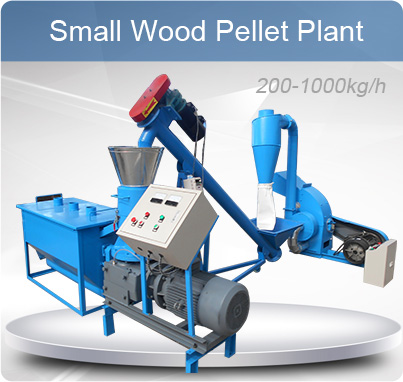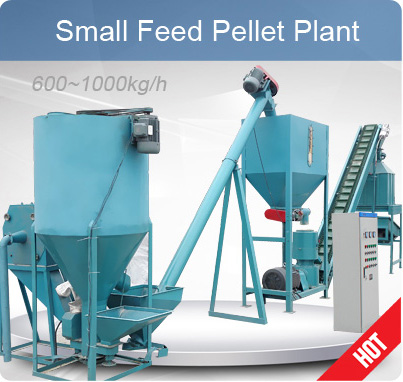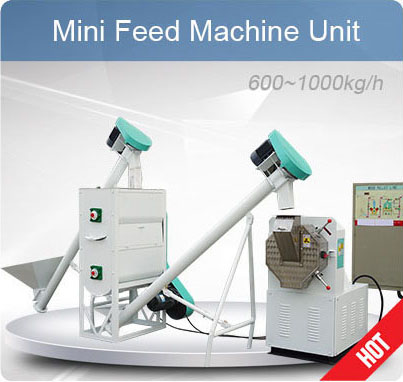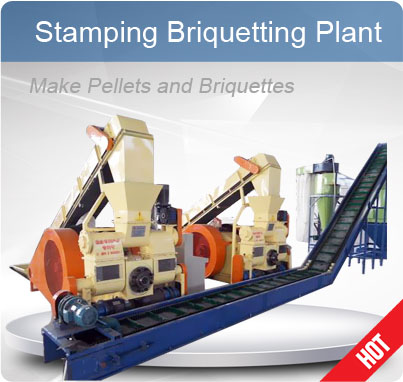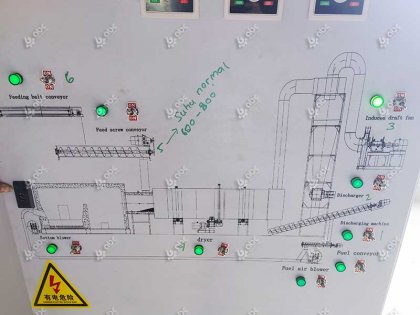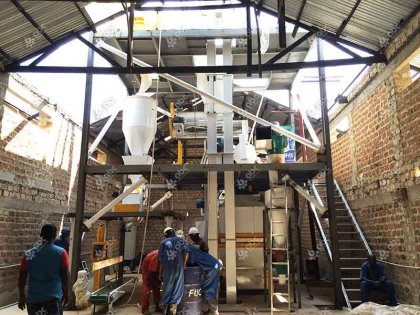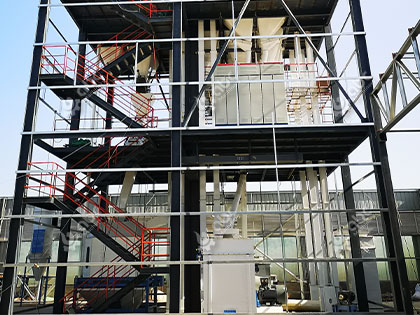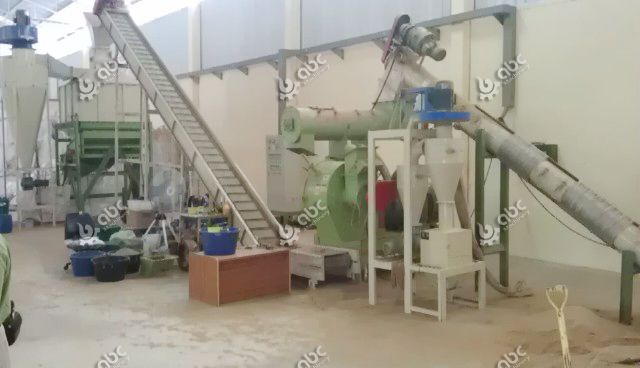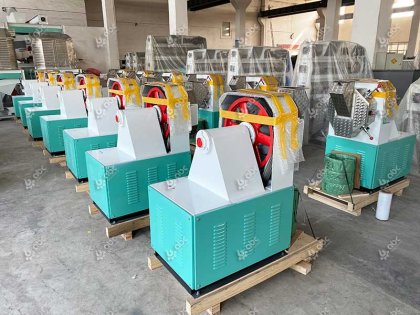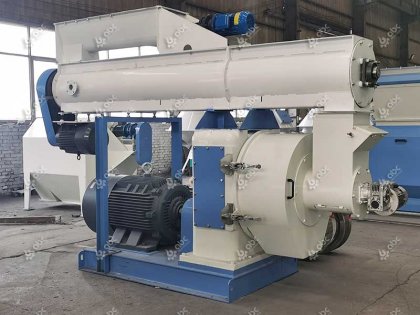RDF Plant Market Overview
The RDF plant market is rapidly evolving as industries and governments seek sustainable alternatives to traditional fuels. Refuse-Derived Fuel (RDF) is derived from non-recyclable waste, offering a viable solution for energy generation while addressing waste disposal issues. According to recent statistics, the global demand for RDF is expected to grow by 7.5% annually, driven by the increasing focus on waste-to-energy solutions.
The global RDF market is heavily influenced by environmental regulations, government incentives for renewable energy, and the rising cost of traditional fuels. Key challenges include securing reliable waste streams and optimizing RDF production processes for efficiency. The sector also faces competition from other renewable energy sources, such as biomass and solar energy. As a result, RDF plant operators must adopt strategies that enhance their market positioning.
- Market Demand for RDF: Global demand for RDF is increasing due to growing energy needs and sustainability trends.
- Challenges in RDF Production: The main challenges include waste feedstock variability and energy recovery efficiency.
- Opportunities in the RDF Market: As industries shift toward more sustainable practices, the RDF market presents opportunities for high-efficiency plants with optimized processes.
With this dynamic market landscape, it’s crucial to understand both the global demand and the specific local conditions that impact RDF plant success.
Strategic Design for RDF Plants
The design of an RDF plant is pivotal in ensuring efficient production, energy recovery, and long-term operational success. Tailoring the plant design to meet specific market needs is essential. For instance, in regions with abundant non-recyclable waste, a high-capacity RDF plant can be designed to maximize fuel production, while in areas with stricter waste regulations, a more streamlined, waste-separation system might be necessary.
Key design considerations include:
- Feedstock Quality and Availability: The availability and quality of waste materials directly impact RDF plant efficiency.
- Energy Recovery Technology: Implementing advanced energy recovery systems, such as high-efficiency combustion units, is crucial for maximizing energy output.
- Cost-Effective Design Solutions: Strategic design choices can significantly reduce operational costs, such as utilizing modular plant layouts that allow for easy scalability.
A well-engineered RDF plant optimizes waste-to-energy conversion rates, with plants achieving energy efficiency levels upwards of 80%, depending on the technology used. The plant layout should also consider factors such as plant capacity (measured in tons of RDF processed per hour) and maintenance requirements, ensuring long-term profitability and sustainability.
- Energy-efficient Designs: These designs maximize energy output and minimize waste generation.
- Flexible Layouts for Plant Growth: Scalable layouts allow for easy expansion as demand increases.
- Innovative Waste Processing Technologies: New technologies enhance RDF production by improving feedstock separation and energy recovery rates.
Partner with us for customized RDF plant design solutions that maximize your plant’s operational efficiency and profitability.
Choosing the Right RDF Equipment
Selecting the right equipment for an RDF plant is essential for ensuring operational success. The key pieces of equipment typically required include waste shredders, separators, drying units, and combustion or gasification systems.
- Waste Shredders: Used to reduce waste material to a manageable size for further processing.
- Separators: These are used to segregate non-combustible materials from combustible waste, which directly impacts the quality of the RDF.
- Drying Systems: These systems remove moisture from the RDF, improving energy density and combustion efficiency.
- Combustion and Gasification Units: High-efficiency units are critical for optimal energy recovery.
When evaluating RDF equipment suppliers, plant operators should prioritize factors such as equipment durability, energy efficiency, and compatibility with existing plant systems. It’s also important to ensure that the equipment meets local environmental regulations for emissions and waste disposal.
- Evaluating RDF Equipment Suppliers: Select suppliers with proven expertise in RDF technology.
- Integrating Equipment Efficiently: Seamless integration of equipment into the plant design enhances overall operational efficiency.
- Long-term Maintenance Considerations: Ensure that the chosen equipment is easy to maintain and replace.
Work with our experts to choose the best RDF equipment tailored to your plant’s specific needs and goals.
Sales and Marketing Strategies for RDF Plants
Effectively positioning an RDF plant in competitive markets requires a strategic sales approach. Building relationships with key industry players, including waste management companies and energy providers, is crucial. It is also important to develop a robust marketing strategy that emphasizes the environmental benefits of RDF, particularly in regions where sustainability is a key focus.
- Positioning in Competitive Markets: Understanding market dynamics and positioning your RDF plant as a leader in efficiency and sustainability.
- Building Relationships with Industrial Buyers: Establishing strong partnerships with waste management companies and energy producers can drive long-term success.
- Effective Marketing Strategies: Marketing efforts should focus on the cost-effectiveness and environmental benefits of RDF, leveraging case studies and success stories to build trust with potential clients.
While traditional marketing strategies focus on direct sales, a strong presence in industry events and online platforms can also help promote RDF solutions. The use of digital marketing, such as SEO-optimized content and social media, can enhance visibility and reach among decision-makers.
- Marketing through Industry Events: Participate in industry-specific events to showcase the plant’s capabilities and attract new clients.
- Utilizing Digital Platforms: A strong online presence helps increase visibility among global buyers.
- Leveraging Case Studies: Use real-world examples to demonstrate the effectiveness of RDF solutions.
Position your RDF plant as an industry leader by partnering with our experienced team for effective sales and marketing strategies that drive growth.




